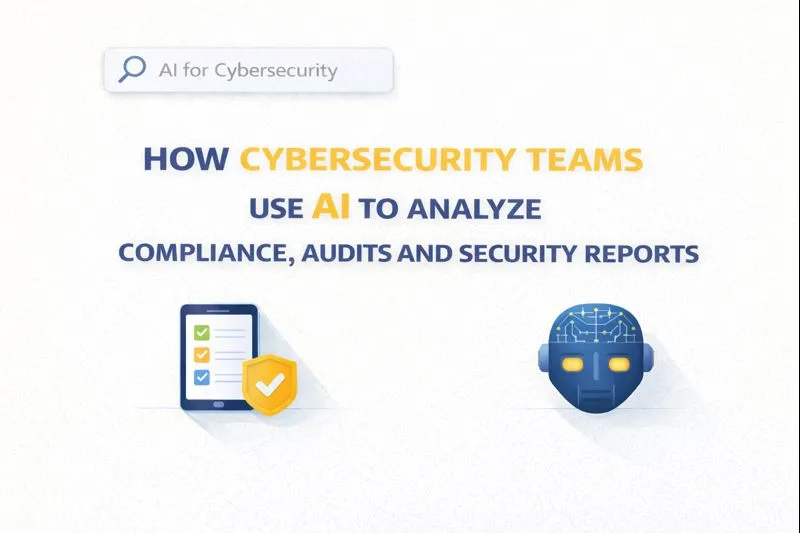Avoid Infrastructure Errors in Programmatic SEO
Avoid These Infrastructure Mistakes When Launching Programmatic SEO Projects
Programmatic SEO, also known as PSEO, is an automated approach that allows you to create and publish hundreds or thousands of web pages at scale. All pages published are optimized according to search engine-guided practices, including internal linking, meta tag addition, and schema markup setup.
Launching a PSEO project is an innovative way to give a sudden boost to a website's organic traffic. With the help of PSEO, you can dominate long tail keywords for entire niches.
However, this scale also comes with many complexities. Many marketers focus solely on publishing at scale, but they often overlook the technical infrastructure that supports it. This is the thing where many of the PSEO project fails.
In this blog post, you will learn about some major technical infrastructure mistakes that might break your PSEO project.
Common Infrastructure Mistakes that Can Break Your PSEO Project
The following are some common infrastructure mistakes that can hinder your programmatic SEO project. Taking care of them can help ensure your next project goes smoothly.
Poor Internal Linking
If you are publishing pages at scale using PSEO but not strategically linking those pages internally, you may not see any benefit. Think of internal linking as an essential part of how your site flows, ranks, and converts.
Internal linking helps search engines quickly discover new pages. They help them understand the context of your content. The faster the search engines find and understand the pages, the quicker they will get indexed and ranked.
Internal Linking Mistakes in PSEO
Below are some of the commonly made internal linking mistakes in PSEO.
No linking between relevant pages.
Ignoring topical hierarchy or grouping.
Leaving too many pages orphaned (those that have zero inbound internal links).
Using the same anchor text again and again. We have observed that many PSEO tools focus solely on linking to the website's homepage using the same keyword. Avoid using such a tool. They can ruin your project.
Internal Linking Practices for PSEO
As we are discussing PSEO, it means the linking will be done automatically, not manually. However, that automation will depend on the logic you design. Here are some things that you must consider while designing the internal linking logic for your next PSEO project.
Design the link logic system by page type. Regarding the process, it would be beneficial to ask for support from the platform you are using for your PSEO project.
Try to create a rule to include a “Related Pages” section based on the content of every page.
Make a rule that dynamically generated pages get linked back to their directory or hub page.
Make a rule that every page getting published must have at least one inbound internal link to protect it from being orphaned.
In short, you need to design the logic in a way that allows the CMS or code to handle internal linking easily when publishing at scale. When done right, your content will get indexed faster and probably divert more organic traffic to your website.
Ignoring DNS Setup
Another mistake that many make during a PSEO project is not configuring the DNS records correctly. Especially when PSEO is being implemented on a subdomain or you are using a third-party hosting service. In such cases, you have to make changes to the DNS records, i.e., an A record or a TXT record.
A single error in DNS can increase the server response time and in some cases result in 5xx mistakes (e.g., when the subdomain is pointed to a wrong IP address).
As you know, in PSEO, new pages are being published at scale. This means the crawlers will also encounter errors at the same scale. This can result in the deindexing of your website, ultimately losing instead of benefiting.
DNS Errors That Can Disrupt Your PSEO Project
Some domain pointing to the wrong IP address can result in failed page loads.
Missing TXT record can delay indexing as search engine tools will fail to verify the website.
High TTL values can result in temporary downtime or inconsistent access across regions.
Poor DNS performance (e.g., slow DNS resolver, misconfigured records) adds latency to page loads. This will impact crawl efficiency and user experience.
What’s the solution?
Before launching your PSEO project, perform DNS lookup. Especially if the project will be hosted on a domain or subdomain of a third-party service. This will help you in verifying all the records in the DNS setup of that particular domain.
Once you are sure that all the record values are correct and the TTL is also optimized, proceed with publishing at scale. This way you will avoid any accidental error that can take down your website and keep it smooth and live for search engine crawlers.
Poor URL Structures
URL structure of a website is fundamental. It is the foundation of how search engines crawl a website and index its content. When implementing a PSEO project, ensure that the URLs of all pages are clean and well-structured. Otherwise, a poor URL structure can confuse search engines in understanding a website's hierarchy.
A poor URL structure at scale on your website will lead to:
Duplicate content issues
Wasted crawl budget
Lower click-through rates from search results
Confusion in internal linking and canonicalization
Common Mistakes in URL Structures
The following are some common mistakes in URL structures that can harm your PSEO campaigns.
Using query strings in URLs instead of readable slugs.
Inconsistent patterns.
Including unnecessary parameters or session IDs.
Keyword stuff URLs.
These usually occur when PSEO campaign is launched using unreliable platforms. However, many, like Gracker.ai, do not let them appear from the start.
How to Avoid?
To avoid poor URL structures from ruining your PSEO campaign, you should plan a scalable URL system. Before generating any pages, sketch all possible combinations of filters, locations, categories, and other relevant elements.
Use a program/tool that should dynamically create URLs. They must follow a clear structure and consistent logic. Avoid tools that follow weak patterns. They might break while publishing at scale.
Conclusion
Programmatic SEO is the automation process using which you can publish web pages on your website at scale. It is a good strategy to give your website a sudden organic traffic boost. But only if done right.
Some infrastructure mistakes, such as the three most common ones we addressed in this blog post, must be avoided. These are not the least; there are many more that you should take care of as well.
For more helpful information related to programmatic SEO, keep visiting our blog page. Our team strives to keep you informed with helpful PSEO strategies.




